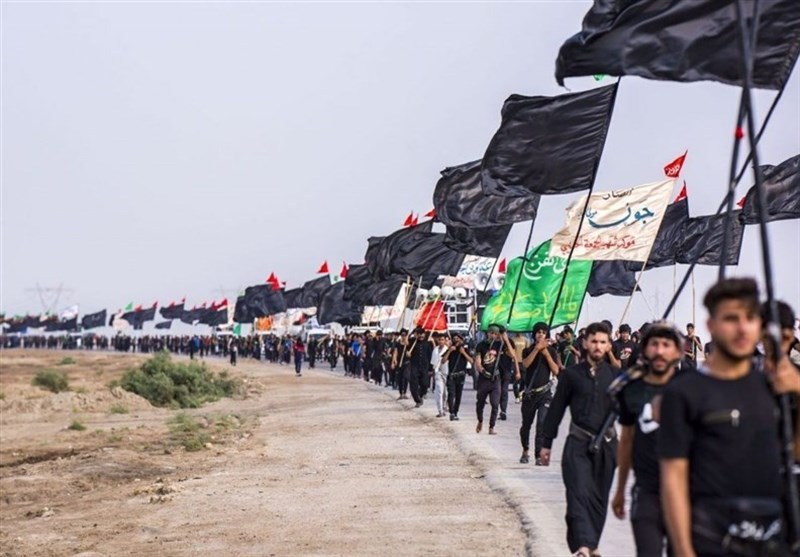After joining one of our Iraq tours, you might decide that you want to visit Turkey! Well, you can go by land. It’s only been around a year since Iraq and Turkey inaugurated a new border crossing between the two – the Zet border crossing. However, it’s not exactly simple to cross as a foreigner, especially if you’re crossing from Iraq to Turkey. This is partly because transportation to the border is difficult, and also because of the border procedures themself. Make sure you read on if you don’t want to get turned around at the border (like I was!). We decided to cross this border to explore Turkey’s fascinating Hakkari region – one of my favourite destinations in the country that few people visit.
IMPORTANT point: the crossing is only for pedestrians – no cars!

Crossing from Iraq to Turkey
From Erbil, there is no direct transport to the border. We decided to hitchhike (which was fairly easy) but you can also take public transport to Soran from Erbil Terminal. From Soran, people told us that you can find shared taxis to the Zet border crossing. Keep in mind that it’s good to leave early, because the border closes at around 5pm.
Getting turned around at the border!
When we arrived at Zet border crossing, the Iraqi Kurdish officials refused to stamp me out, seeing as they didn’t recognise my Iraqi federal visa. They told me that I had to return to Erbil (three hours away) to get a Kurdistan exit visa before they would let me cross. This is not the case if you use other border crossings, such as the more common Ibrahim Khalil crossing.
Seeing as we were determined to go to Hakkari and to cross the Zet border crossing, we returned to Erbil to get this stamp! It cost me 60,000 Iraqi dinar (around 40 USD). You can get it by visiting the second floor of the Erbil immigration building. We then returned to the border the following day.

Finally crossing the Zet border crossing
The Iraqi Kurdish border guards, after stamping me out, singled me and my friend out for special checks of our bags. This took quite a while, and involved questioning. It took around an hour to get out of the Iraqi side, despite the fact that it wasn’t busy at all. The Turkish side took less than five minutes, immediately stamping our passports and putting our bags through a scanner before entering.
Onward travel from Zet border crossing
After crossing the Zet border crossing, there are minivans that can take you to Şemdinli town, which itself is very pleasant and scenic. From there, you can either spend the night, or you can travel onward to Yuksekova or Hakkari. Hakkari city itself truly has some of the best people and scenery in all of Turkey, and I totally recommend visiting – especially the Cennet Cehennem Vadisi!
